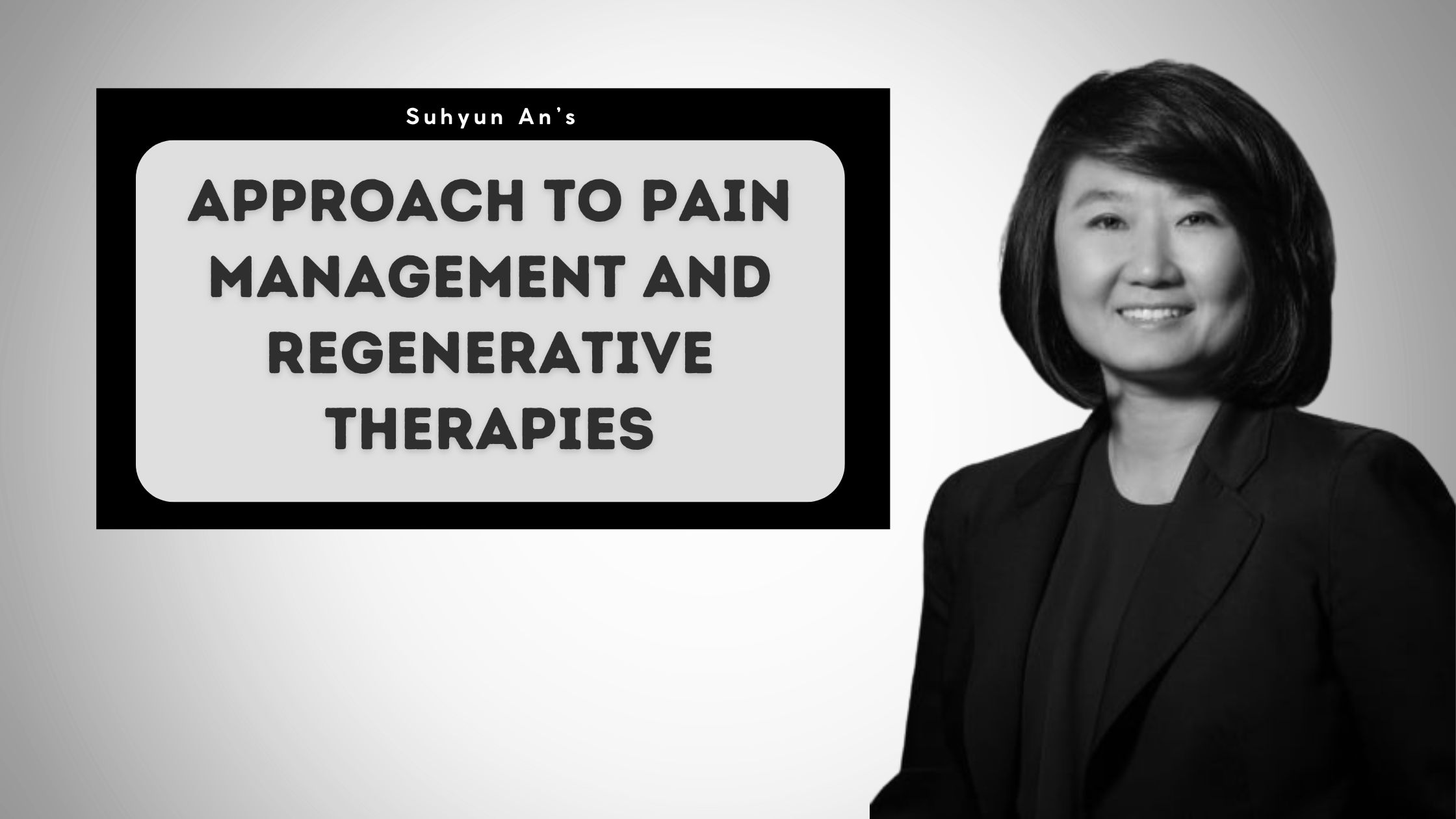Pain management is a critical aspect of healthcare, especially for those dealing with chronic pain, injury, or discomfort from conditions like arthritis, back pain, or migraines. Traditionally, many pain management options have been invasive, requiring surgery or the use of powerful medications. However, in recent years, non-invasive pain management treatments have gained popularity due to their ability to provide relief without the need for surgery or long recovery times.
In this article, we explore the top benefits of non-invasive pain management treatments and why they are an excellent choice for many individuals seeking relief from pain.
1. Minimizes Risk of Complications
One of the major advantages of non-invasive treatments is that they avoid the risks associated with surgery, such as infections, anesthesia complications, or prolonged recovery periods. Treatments like physical therapy, acupuncture, or chiropractic adjustments target the root cause of pain without requiring cuts or incisions, making them safer and less prone to complications.
2. Quicker Recovery Time
Unlike invasive procedures that may require weeks or even months of recovery, non-invasive pain management techniques typically allow patients to return to their normal activities almost immediately. For example, physical therapy and massage therapy can often provide instant relief or gradually reduce discomfort over time without the need for a long healing period. This makes non-invasive treatments ideal for individuals with busy lives who want to maintain their daily routines.
3. Reduced Risk of Dependency on Medications
Traditional pain management often relies on the use of pain medications, which can lead to dependency and potential side effects. Non-invasive treatments, such as acupuncture, transcutaneous electrical nerve stimulation (TENS), or cognitive-behavioral therapy (CBT), provide a natural way to manage pain, reducing the need for pharmaceuticals and helping to avoid the risks associated with long-term medication use.
4. Personalized Treatment Plans
Non-invasive pain management therapies are highly customizable, allowing healthcare providers to tailor treatments to an individual’s specific needs. Whether you need muscle relaxation through massage therapy, joint mobilization through chiropractic care, or pain relief from acupuncture, these methods can be adapted to target specific pain points or conditions. This personalized approach increases the chances of achieving optimal pain relief and enhancing the patient’s overall well-being.
5. Promotes Long-Term Healing
Non-invasive pain management focuses not just on providing immediate relief but also on promoting long-term healing. Techniques such as physical therapy, for example, work to strengthen muscles and improve flexibility, which can help prevent future pain and reduce the likelihood of re-injury. By addressing the root cause of the pain, non-invasive treatments can improve mobility and quality of life over time.
6. Minimal Side Effects
Compared to invasive surgeries or prescription drugs, non-invasive pain management treatments come with significantly fewer side effects. Most patients experience little to no discomfort during or after treatments like chiropractic adjustments, acupuncture, or heat/cold therapy. For those who are sensitive to medications or want to avoid potential side effects, non-invasive treatments offer a safer, more natural alternative.
7. Enhanced Mobility and Functionality
Chronic pain can significantly impact mobility and daily functioning. Non-invasive treatments, such as physiotherapy, chiropractic care, and laser therapy, can help restore joint function, relieve stiffness, and improve range of motion. As these treatments promote muscle strength, joint health, and overall flexibility, they play an essential role in helping individuals regain their independence and live an active lifestyle.
8. Improved Mental Health
Chronic pain often leads to psychological issues, such as anxiety, depression, or stress, especially if pain persists without relief. Non-invasive pain management treatments, particularly methods like cognitive-behavioral therapy (CBT) or mindfulness-based stress reduction (MBSR), help individuals cope with the emotional impact of pain. By addressing both the physical and mental aspects of pain, these therapies contribute to improved mental health and emotional well-being.
9. Cost-Effectiveness
Invasive procedures, particularly surgeries, can be costly due to hospital stays, anesthesia, and follow-up care. Non-invasive treatments are generally more affordable and can provide significant relief without the high price tag. Many insurance plans also cover treatments like physical therapy, chiropractic care, and acupuncture, making them accessible options for a wide range of patients.
10. Holistic Approach to Pain Management
Non-invasive pain management treatments often take a holistic approach by focusing on the whole person rather than just masking the pain. These therapies aim to restore balance, improve overall health, and prevent future pain episodes by incorporating lifestyle changes, physical exercises, and mental wellness practices. This integrative approach ensures that patients achieve lasting results and not just temporary relief.
Conclusion
Non-invasive pain management treatments offer numerous benefits, from minimizing risks and side effects to promoting long-term healing and improving mental health. These treatments are becoming increasingly popular for those who want to manage pain effectively without resorting to surgery or heavy reliance on medications. Whether it’s through physical therapy, acupuncture, or chiropractic care, non-invasive therapies provide an excellent option for individuals seeking safe, effective, and holistic pain relief. If you’re struggling with chronic pain, consider exploring non-invasive options as a first line of treatment to regain your quality of life.





